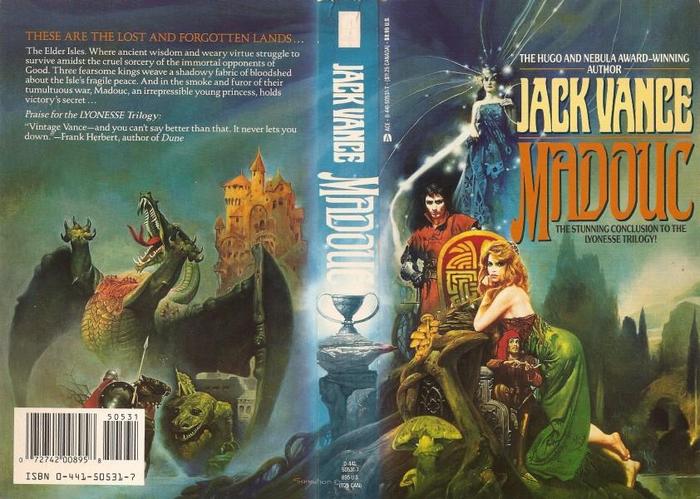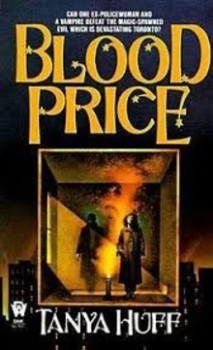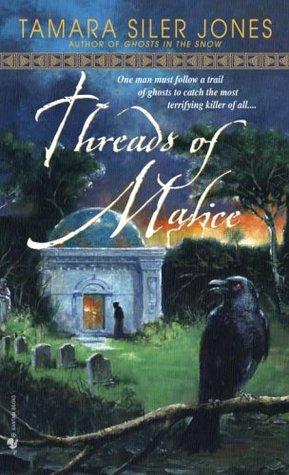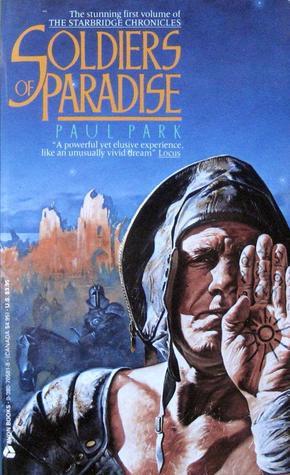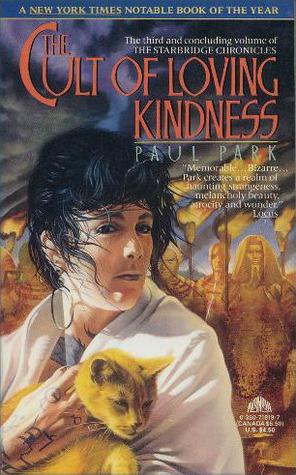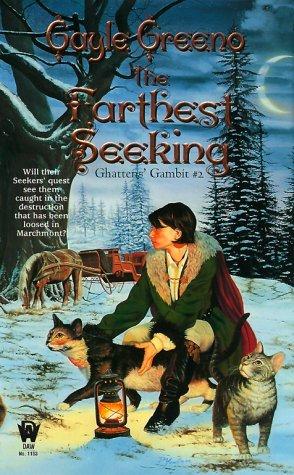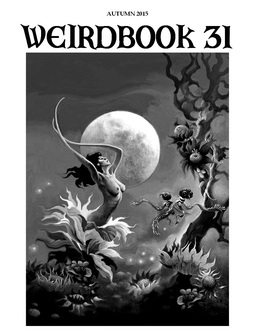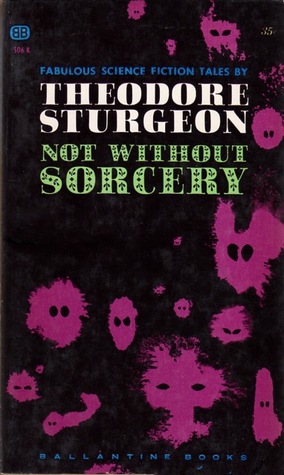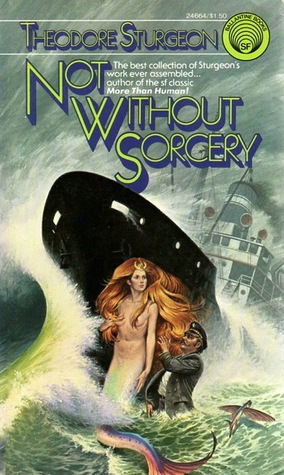Collecting Lovecraft, Part III: The Arkham Hardcovers
 |
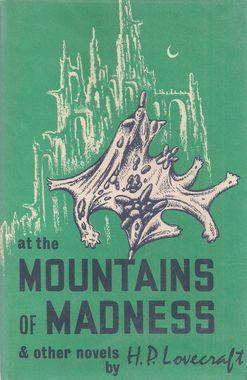 |
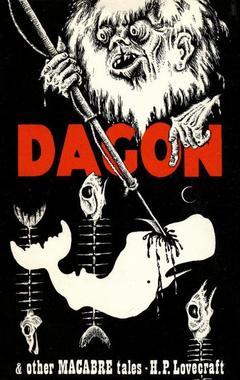 |
 |
[Click any of the images for bigger versions.]
In Part I of this series, I looked at the Ballantine paperbacks edited by August Derleth and published by arrangement with Arkham House in the early 70s. In Part II, we examined the Lancer and Ballantine paperbacks of the late 60s and early 70s. In Part III, I want to showcase the volumes that most serious Lovecraft collectors start with — the Arkham House collected works, published in three volumes: The Dunwich Horror and Others, At the Mountains of Madness and Other Novels, and Dagon and Other Macabre Tales, plus a collection of Lovecraft’s revisions, those tales he re-wrote for various clients to make them acceptable for Weird Tales, The Horror in the Museum and Other Revisions.
Now I want to start off by saying that, while these four books are some of the most important in 20th Century Horror — and, indeed, they form the cornerstone of any serious horror collection — they still represent a pretty hinky way to gather Lovecraft’s fiction. Why? The Dunwich Horror is subtitled “The Best of H.P. Lovecraft.” At the Mountains of Madness collects his longer tales (At the Mountains of Madness, The Case of Charles Dexter Ward, The Dream-Quest of Unknown Kadath, as well as the rest of the Randolph Carter stories.) Which leaves Dagon with the unofficial subtitle, All the Stuff That’s Not Lovecraft’s Best. Seems a strange way to assemble a third volume, that’s all I’m saying.
